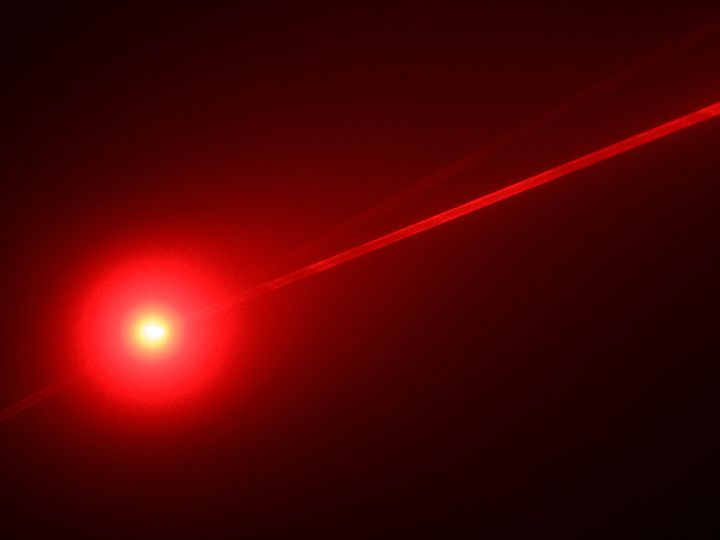Over the last couple of years, low-level traffic signal (LLRL) treatment has actually come to be preferred to control myopia, or nearsightedness, particularly in youngsters. In LLRL treatment, children are advised to check into a red light-emitting instrument for 3 minutes, twice a day, 5 days a week, throughout of the treatment duration, which can in 2015.
Studies reported the treatment as effective and in charge of significant decrease in nearsightedness progression and it is already being utilized to attend to myopia in over 100, 000 pediatric individuals.
Despite passing scientific trials it’s not safe in all cases, so more stringent standards need to be created, according to University of Houston Professor Lisa Ostrin, that states the treatment can place the retina in danger of photochemical and thermal damages
 Picture thanks to GETTY Images, supplied by the University of Houston
Picture thanks to GETTY Images, supplied by the University of Houston
Ostrin checked out two various LLRL gadgets, and while both instruments were validated to be Course- 1 laser items, as defined by International Electrotechnical Commission standards, according to Ostrin they are dangerous to view continuously for the required treatment period of 3 mins.
Class- 1 lasers are low-powered gadgets that are taken into consideration secure from all prospective hazards when checked out accidentally and briefly. Instances of Course- 1 lasers are printer, CD players and electronic video clip disc (DVD) gadgets. Course- 1 lasers are not implied to be viewed straight for extended durations.
“We located that the red-light instruments for nearsightedness go beyond safety limits,” stated Ostrin. “For both LLRL tools evaluated here, three mins of constant watching approached or exceeded the luminosity dose MPE, putting the retina in danger of photochemical damage.”